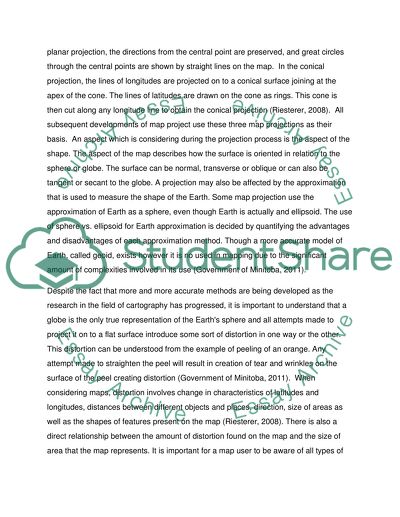Cite this document
(“Three Named Map Projections Assignment Example | Topics and Well Written Essays - 1250 words”, n.d.)
Retrieved from https://studentshare.org/engineering-and-construction/1409266-digital-mapping-essay
Retrieved from https://studentshare.org/engineering-and-construction/1409266-digital-mapping-essay
(Three Named Map Projections Assignment Example | Topics and Well Written Essays - 1250 Words)
https://studentshare.org/engineering-and-construction/1409266-digital-mapping-essay.
https://studentshare.org/engineering-and-construction/1409266-digital-mapping-essay.
“Three Named Map Projections Assignment Example | Topics and Well Written Essays - 1250 Words”, n.d. https://studentshare.org/engineering-and-construction/1409266-digital-mapping-essay.


